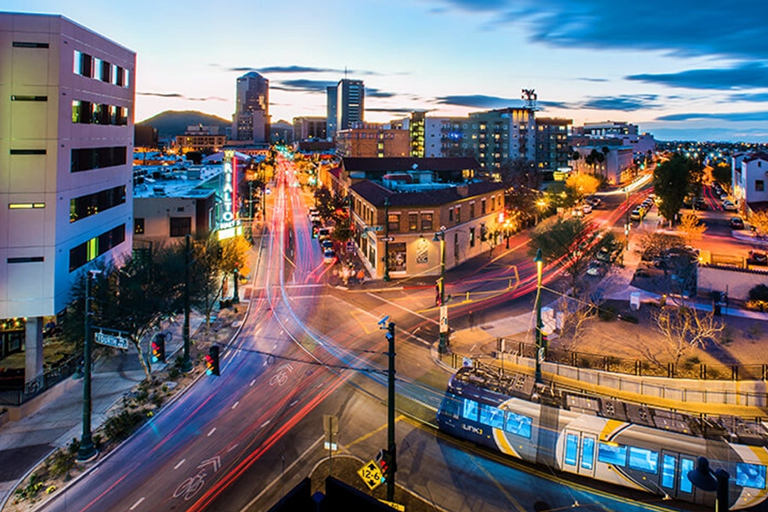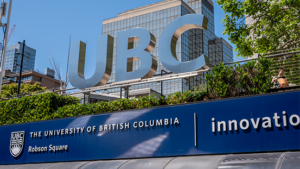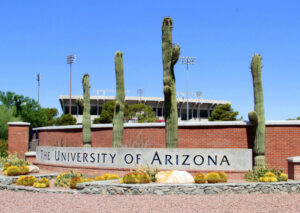
For the deployment area, Tucson selected a geographic region in the city’s center, east of the University of Arizona campus. To enhance traffic efficiency and safety, 15 intersections were optimized, including Speedway Boulevard, Euclid Avenue, Broadway Boulevard, and 22nd Street.
The Result
By leveraging AI-driven optimization, Tucson successfully transformed congested corridors into more fluid and safer transportation networks, setting a benchmark for other cities. Some of the noticeable improvements include:
- Reduced Spillback: Spillback was reduced throughout the peaks, as was the duration of congestion.
- Reduced Platoon Spread: Platoon spread was reduced on all approaches, allowing more effective use of green time due to shorter gaps between vehicles.
- Fewer Blocked Lefts: Left turns that were frequently blocked by spillback were addressed by Optimization, reducing the frequency of spillback and maintaining the fluidity of the through movements.
- Shorter Off-Ramp Queue: Queueing on off-ramps was reduced, decreasing the risk of crashes between queued traffic on the ramp and high-speed traffic on the freeway.
The deployment of NoTraffic’s optimized signal control led to further improvements in efficiency, safety, and environmental impact:
| Metric | Improvement (%) |
| Control Delay | 48.5 % |
| Annual Emissions Reduction (CO2): | 1,848 MT |
| Pedestrian Delay | up to 80 % |
| AM Peak Delay | 32.9 % |
| PM Peak Delay | 57.1 % |
| Red-Light Running Reduction (RLR) | up to 45 % |
Conclusion Solving the Downtown Traffic Puzzle: AI-Powered Solutions for Complex Congestion
This case study highlights how AI-driven adaptive signal control can drastically improve urban mobility in downtown areas. Cities facing congestion, high pedestrian delays, or inefficiencies in traffic signal coordination can benefit from similar solutions.
NoTraffic’s implementation in Tucson provides a model for data-driven decision-making that reduces emissions, improves safety, and enhances traffic flow.







